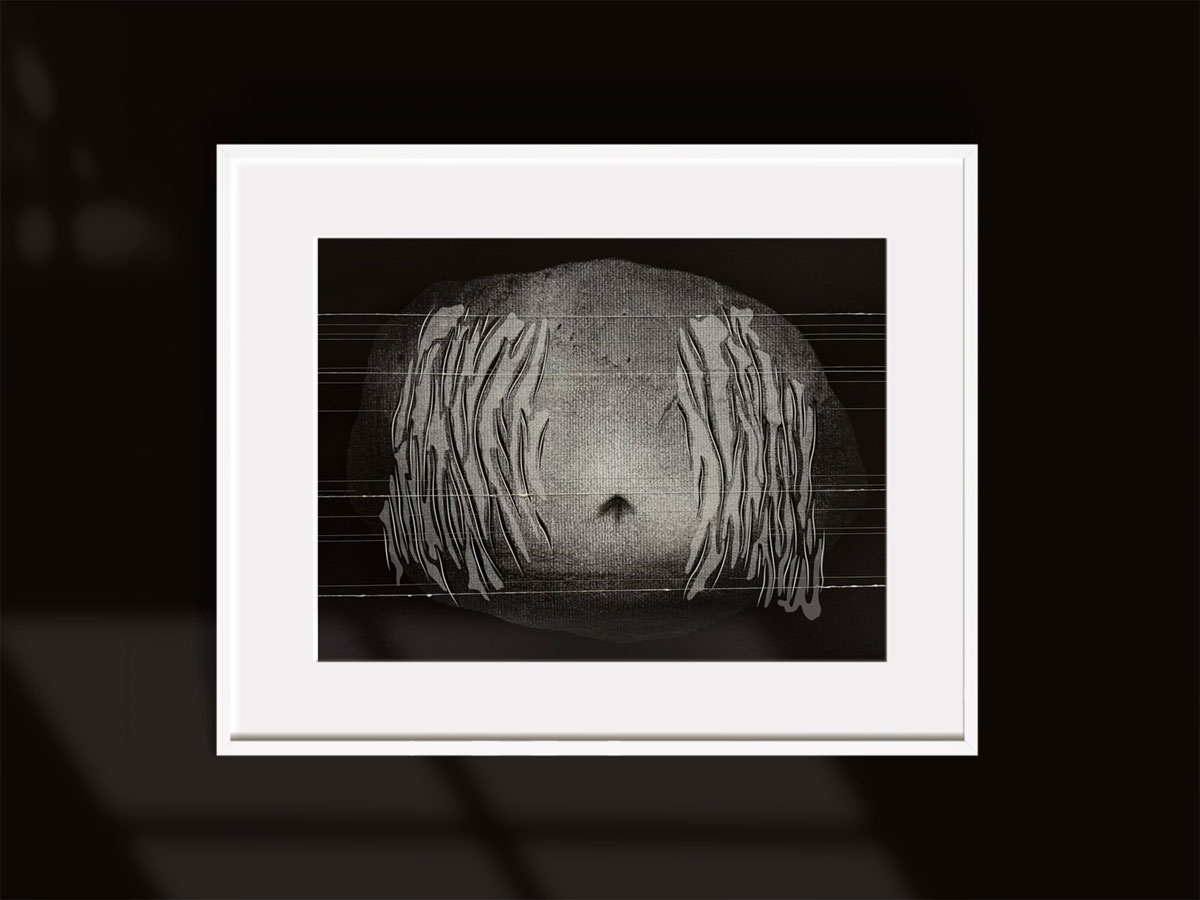Lacquer as a skin / cloth
What connects the self to the external world? Through the lens of Chinese lacquer and contemporary textile art, this exhibition explores the dialogue between skin as the first layer of existence and cloth as an extension of personal and cultural identity.
Event details
-
12 December 2024 - 10 January 2025
10:00-17:00 (GMT)
Foyer Gallery, UCA Farnham, Falkner Road, Farnham, Surrey GU9 7DS
/prod01/channel_8/media/galleries/jing-03.jpg)
What connects the self to the external world? Through the lens of Chinese lacquer and contemporary textile art, this exhibition explores the dialogue between skin as the first layer of existence and cloth as an extension of personal and cultural identity. Specifically, it transcends traditional boundaries, while re-imagining the possibilities of identity expression and artistic language.
Rooted in thousands of years of craftsmanship, Chinese lacquer has long been revered as a symbol of artistry and identity. Chinese lacquer is often referred to as ‘the earliest cloth,’ which serves as the first skin layer of an object. Renowned for its decorative beauty and protective qualities, it has historically been widely used in rosewood furniture and other decorative arts. However, with the emergence of contemporary materials and technologies, its traditional applications have waned. Despite this, the cultural significance of Chinese lacquer remains vibrant, which offers fresh opportunities to reinterpret its essence within contemporary artistic frameworks.

Against this backdrop, the exhibition re-imagines the role of Chinese lacquer through innovative artistic practices, integrating it into the realm of contemporary textile art. In addition, it also showcases the contemporary application of traditional rhinoceros lacquer techniques. Through these creative practices, it expands the lacquer language, which embeds it within the framework of modern artistic expression. By doing so, the exhibition refines the narrative of Chinese lacquer and highlights its enduring cultural and aesthetic significance.
Beyond material innovation, the exhibition delves into the relationship between skin as the first layer of existence and cloth as an extension of the body. Importantly, this interaction reveals more than a material connection—it investigates how these elements shape cultural identity and personal self-expression. By merging these perspectives, Chinese lacquer becomes a bridge between the past and the present—tradition and innovation, weaving individual experiences and collective memories into the framework of contemporary textile art.

Last but not least, Chinese lacquer transcends its physical form to become a vessel for dynamic dialogue between the inner self and the external world. As the primary skin of an object, it embodies an expression of identity, answering the question, ‘who I am’. When it transforms into a second skin (cloth), it evolves into a language that articulates ‘who I want to be’. By integrating with textile art, Chinese lacquer breathes new life into this ancient tradition. This approach redefines its narrative and uncovers deeper connections between skin and cloth.